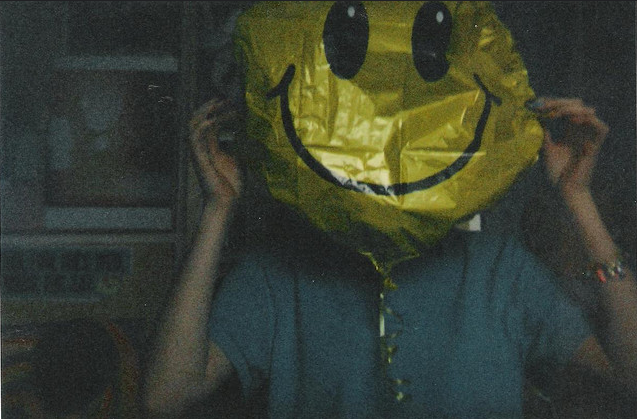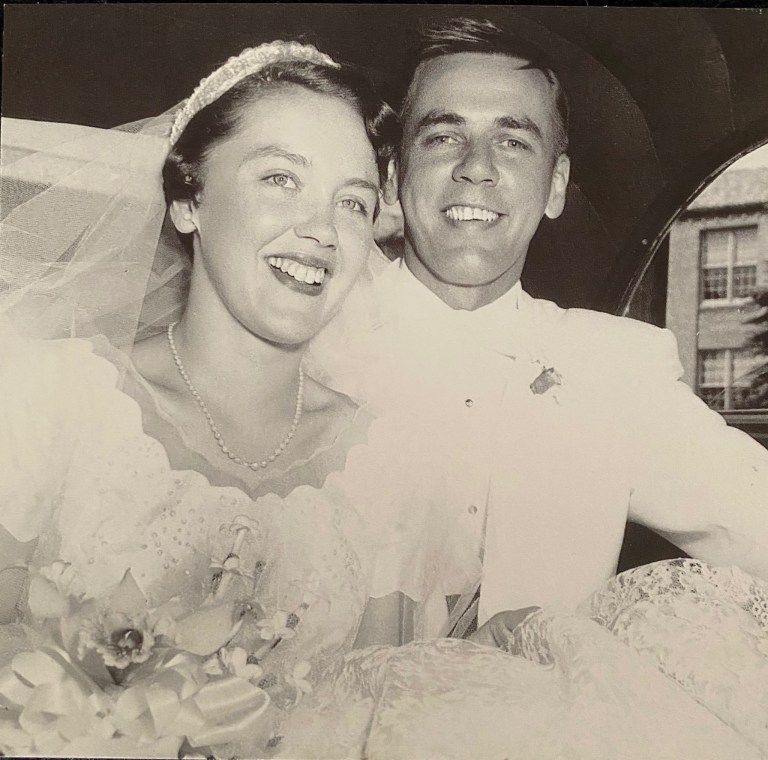On Removing Emotional Blocks That Impede Growth And Happiness
Eventually, the stacks start to diminish, the space becomes larger and uncluttered, and more light shines through the window that was once was covered up.

I sank into a pool of quicksand. Although I nearly suffocated below the surface, I treaded my way out. Just when I took a breath, an earthquake hit, and the tremors slammed me down face first. Laying practically lifeless on the cracked pavement, the sensation of rumbling started again — but this time, it was that of an active volcano. Before I knew it, I was drenched in a rush of hot lava and practically burned alive. The universe has a way of making us shift and grow — when the ground becomes shaky, that’s when we move.
After spending time in recovery, my wounds, breaks, scrapes, and burns began to heal. I started to find my strength again, and when it was time to get up out of bed, my feet supported me. I calmly walked into the sundrenched living room and everything was still and in its place. A new day of hope and marked change arrived and for the better — making the commitment to myself not to repeat harmful thoughts and behaviors for it is simply unnecessary. I prefer the softness of sand under my feet while taking long and tranquil walks along the sea. Although at times uneven with small dips and peaks, it is quite manageable to move across.
The only person that stands in the way of your happiness is you. Whether it is a lifetime in the making or an immediate event in the present, we have the ability to shift our focus to joy and make choices that feel good in our own personal contexts. Allowing someone else to define your happiness also gives them the power to control it. As fast as it comes, it can be taken away. Once we find both external and internal sources of personal contentment, it’s only then we’re in control of what feels right and what doesn’t. Then we can make the choice to walk away — on solid ground.
Often from childhood we’re preconditioned to believe that we are in various ways and to varying degrees “bad,” wrong, incompetent or worthless. This continues into adolescence and adulthood and the cycle continues as we project the same onto our children. This in fact is a false notion. We all have our beautiful parts and flawed ones too. But if we can authentically allow ourselves to embrace the good we have in our lives and our positive attributes, we can begin our process of healing. Replacing the negative patterns of thinking with positive self image and affirmations.
Removing emotional pain and blocks are done through recognition, action, and acceptance. By giving ourselves permission to feel pain, we are acknowledging that there is a problem we’d like to fix. Perhaps we’ve packed our pain up into cardboard boxes that are tightly sealed with tape and stored in the attic, in the hope that they will never be opened.
But what if we can finally find the strength to open the door? Soon we start climbing the rickety staircase in which the darkness and mustiness ahead is thick. But once we reach the top, there is a little glimmer of light coming through the window at the far end of the space.
This allows us to identify where exactly the boxes have been stacked and take count of how many we must confront. Maybe they are stacked so high and deep, it’s impossible to even tell. But one by one, we start to un-stack them. Opening them up as quickly or slowly as we choose — perhaps with ease or struggle. That part isn’t important. The important part is that you find the will to reveal what’s inside. Within a matter of seconds or extended period of time, we can start sorting through the contents and decide if there is something worth keeping or making the choice to purge it and never look back.
Eventually, the stacks start to diminish, the space becomes larger and uncluttered, and more light shines through the window that was once was covered up. Once the attic is cleared out, there is no reason to re-clutter it. When a new box that gets shipped to the house, it can be immediately opened. Upon receipt, we can either return it to the sender or dispose of it on our own — depending on how the box was put into our possession. ![]()




